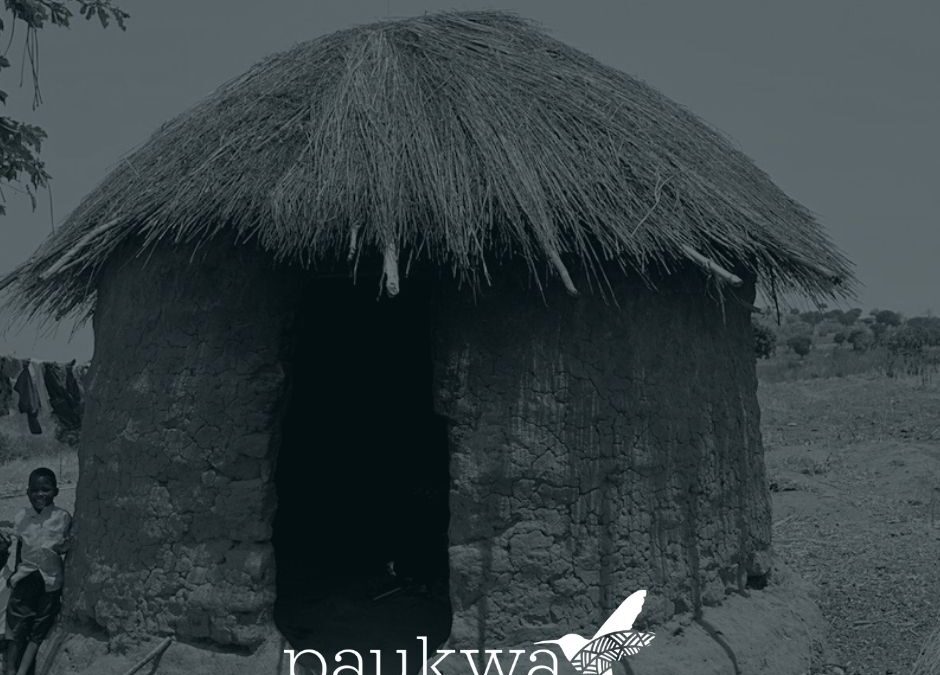Taita Death Rites

The Taita believed that any disaster, including death, was attributed to three things: a curse, a fetish or an angry spirit of a recently deceased member of the family. Generally, natural deaths were treated differently than if a person was killed while on safari or at war. In the case of a natural death, the body was first washed. The body was buried upright facing East – the direction of the sunrise. The head of the deceased was covered with only one foot of soil, and above the soil, a cooking stone from his first wife was used as his tombstone (ingo). The body remained interred between six months and two years.
For those killed in battle or while on the road, as they were mostly men, their heads were cut off and taken to their homes to be buried, and later exhumed. If the death happened far from the man’s home, there was no time to send his head to his family and instead, a tuft of his hair was cut off and sent instead. A sheep was slaughtered and the man’s hair was fixed to the sheep’s head which was then buried and later dug up.
Once the skulls rotted, whether it was that of a sheep or human, they were placed next to skulls of other deceased family members.
After the burial, the deceased’s family remained inside the family hut where they were washed by friends. The widow was required to cut her hair and remove all ornaments. She was to remain alone for one year after which elders selected a new husband for her. She could exert no influence over their choice.



